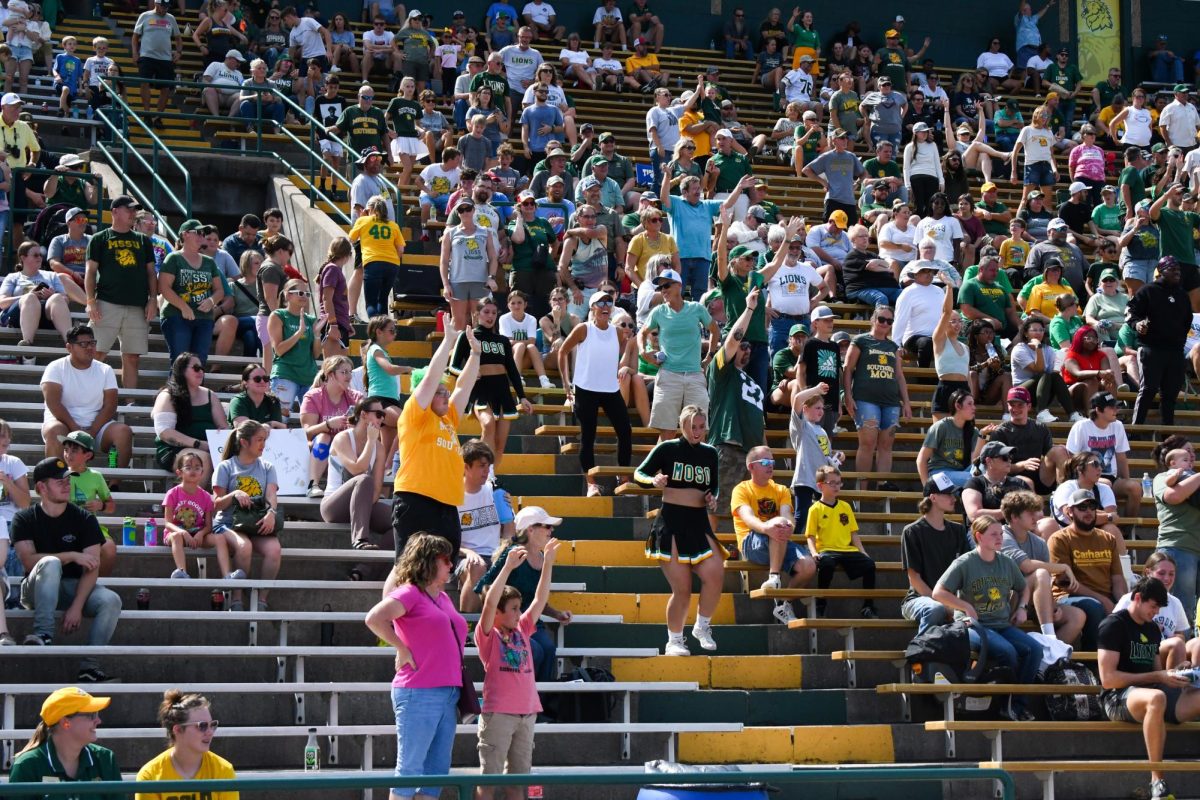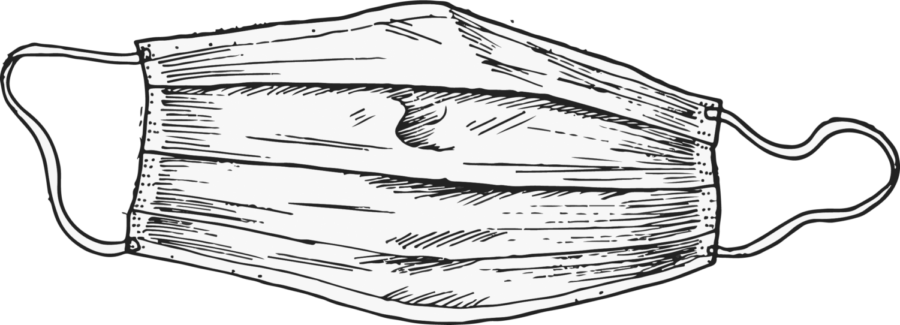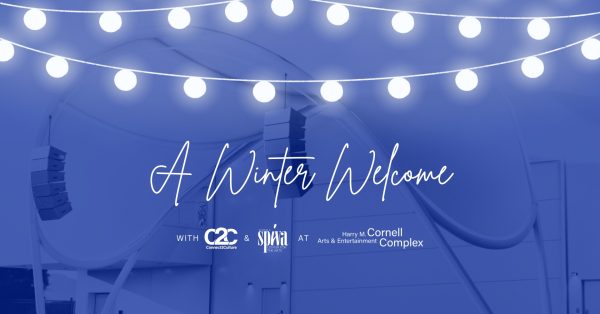A closer look at Southern’s mask policy
A closer look at Southern’s mask policy
The COVID-19 pandemic continues as over 190,000 people have died in the U.S since February.
As the summer dragged on administrators at schools across the nation began the daunting task of designing a comprehensive set of safety measures to protect students and faculty.
With fall semester approaching, many universities chose to remain online rather than return to campus while the U.S. averaged 50,000 new cases daily. Missouri Southern chose to return with set of new policies intended to mitigate COVID-19 transmission.
The overarching message from many administrators and the COVID-19 Taskforce has been that mask enforcement has gone better than expected. This claim is undercut by several problems which continue to exist with the mask policy itself.
Questions arise when reading the exception in particular – individuals walking with members of the same household while outside are not required to wear a mask.
Clarification on how the university is planning to enforce this policy is absent within the policy itself, and indeed absent from any public documentation on the COVID-19 policies the university has enacted.
The COVID-19 Taskforce pointed to a more general desire for cultural changes in the university and student self-policing, but ultimately there was no way to determine if students walking together without a mask were housemates.
The policy is unenforceable while students are outdoors and as a result at-risk students are even more vulnerable since there is no way to determine which students are following the policy.
When out-doors the mask policy is relegated to mere suggestion rather than an enforceable mandate.
The Taskforce pointed to guidance it has received from the Center for Disease Control on what is termed as a qualified contact.
The CDC guideline states, contact with an infected individual unmasked for longer than fifteen minutes. However, students not wearing a mask while outdoors frequently talk with other students not wearing a mask for longer than fifteen minutes.
According to the CDC guidelines this constitutes a qualified contact and a potential transmission if either unmasked student is infected but asymptomatic.
In the same line of the mask policy a similar exception was made for individuals exercising in the Beimdiek Recreation Center.
According to Vice President of Academic Affairs and Provost, Dr. Paula Carson the expectation was that students would practice social distancing.
Students have not been adhering to social distancing rules and continue creating an atmosphere in which transmission is highly possible, resulting in more campus closures.
“We are not supporting intramurals and other things, but because we were having groups of friends get together and go to the rec center and play volleyball and basketball in a too close contact without a mask, we shut down certain parts of the rec center,” said Carson.
Shutting down the basketball and volleyball court was a result of compliance issues, but Southern never stated that students could not use the courts.
Southern relied on social distancing requirements to mitigate transmission in the rec center rather than closing the basketball court at the beginning of the year.
“I don’t know that we said beyond that you must social distance when you are exercising that we specifically articulated violations that would likely emerge,” said Carson, who also serves as a co-chair on the COVID-19 Taskforce.
When Southern closed the basketball courts to correct the problem on Aug. 28 the problem had existed for twelve days.
Discrepancies between the communications relayed by the COVID-19 Taskforce and the realities of enforcement continue to exist. This problem is apparent when considering several mask policy violations which have occurred at Spiva Library.
The library was provided with a three-step policy when dealing with patrons who do not wear a mask. The patron is asked to put on their mask, and if unable to do so then they must provide proof of disability. If the patron does not comply, then they are asked to leave. If the patron does not leave, then the campus police department is contacted.
Only after Spiva Library Director, James Capeci contacted Student Affairs was this protocol provided to library administrators.
Capeci made it clear that a vast majority of patrons followed the mask policy without complaint, however several instances of violations have occurred where library staff was forced to contact the university police department.
“Most of the challenges were from community members rather than the students, and we [campus police] have escorted at least one individual out,” said Carson.
This statement runs contrary to the experiences of library staff and Capeci when following this three-step process.
In a description of several different encounters with individuals who refused to put on a mask, university police officers said they could not remove the individual from the library forcibly.
“As he [the officer] explained it, there was nothing he could do except, maybe, ask the community patron to wear a mask, but as he instructed me if the patron doesn’t want to wear a mask he can’t do anything because its not considered trespassing if the patron doesn’t want to wear a mask,” said Capeci.
Campus police have denied any knowledge of escorting an individual out of the library. While campus police have contacted patrons in violation of the university mask policy, they have instead used persuasion techniques to get the patron to comply.
The Chart attempted to contact Carson for follow-up questions, but she has not made herself available to us at this time.
The mask policy is the centerpiece of the campus strategy for mitigating transmission of the virus.
Most information regarding facemask use is publicly available to students in the Return to Campus guide. However, the same is not true about university policies regarding online class participation and enrollment.
The resource to get information on these policies is the FAQ page of the Returning to Campus guide, which is short on substantive information about new policies regarding online enrollment and the options available to students.
The answers provided by the FAQ page refer students to Disability Services or to their advisors for more information.
Much of the information students need to determine if they should return to campus is not immediately available to them in a centralized location.
One area where the FAQ page is noticeably lacking in information is the online solutions available to students who do not have documentation of a disability allowing them to remotely access in-person classes.
Carson said that the university has become more flexible about course transfers, petitions, and independent studies.
“I think we’ve developed a lot of customized solutions for individuals who just anxious about coming back but have no legal accommodation needs,” said Carson.
To find this information Carson said the student would have to seek out their advisor, but the specifics of the online solutions provided by the school were never publicly broadcasted.
Compounding this problem is a lack of institutional flexibility for students who arrive at the university for traditional classes, but over the course of the semester began to fear coming to class due to COVID-19.
The Taskforce said that the entire school would need to be prepared to pivot to an online format if conditions on campus became dangerous.
Each professor was required to provide the school with a traditional course designed for an online environment in such a case that the school went online.
Southern is not currently permitting professors to allow students of traditional courses without accommodations to complete coursework entirely online.
“That could have been requested up-front [at the beginning of the semester], but it can’t just be done this week because that’s what we want to do, or it just can’t be done at the student’s request because there has got to be a process,” said Carson. “That could be permitted but must go through the planning process.”
Transparency issues along with discrepancies between the expectations and realities of enforcement place the burden on students to stay safe.
The Taskforce described a general desire for a cultural shift towards vigilance and self-policing by the student body.
The stakes cannot be higher – people continue to die and many more experience long-term disabilities at the hand of COVID-19.
While the rift between policy and reality exists students must remain vigilant and deliberate in making every effort possible to protect each other in such unprecedented times.
Your donation will support the student journalists of Missouri Southern State University. Your contribution will allow us to purchase equipment and cover our annual website hosting costs.




















